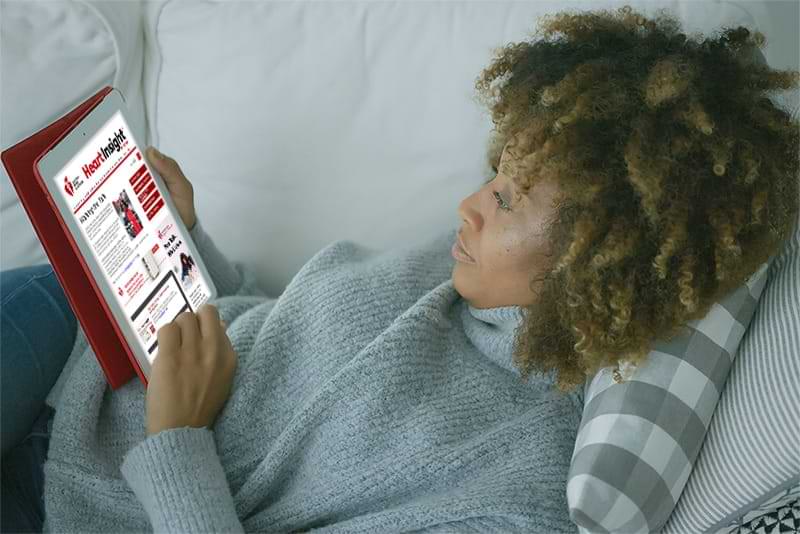What are the Symptoms of High Blood Pressure?

Looking for a list of symptoms?
If you are looking for a list of symptoms and signs of high blood pressure, also known as hypertension, you won’t find them here. This is because most of the time, there are none.
Myth: People with high blood pressure will experience symptoms, like nervousness, sweating, difficulty sleeping or facial flushing.
Truth: High blood pressure is a largely symptomless “silent killer.” If you ignore your blood pressure because you think a certain symptom or sign will alert you to the problem, you are taking a dangerous chance with your life.
AHA recommendation
- DO NOT attempt to diagnose yourself. Clinical diagnosis should only be made by a health care professional.
- Know your blood pressure numbers and make changes that matter to protect your health.
In most cases, high blood pressure does not cause headaches or nosebleeds.
- The best evidence indicates that high blood pressure does not cause headaches or nosebleeds. If your blood pressure is unusually high AND you have headache or nosebleed and are feeling unwell, wait five minutes and retest. If your reading remains at 180/120 mm Hg or higher, call 911.
- If you are experiencing severe headaches or nosebleeds and are otherwise unwell, contact your health care professional as they could be symptoms of other health conditions.
Other inconclusively related symptoms
A variety of symptoms may be indirectly related to, but are not always caused by, high blood pressure, such as:
- Blood spots in the eyes : Blood spots in the eyes (subconjunctival hemorrhage) are more common in people with diabetes or high blood pressure. Floaters in the eyes are also not related to high blood pressure. However, an eye doctor (ophthalmologist) may be able to detect damage to the optic nerve caused by untreated high blood pressure.
- Facial flushing: Facial flushing occurs when blood vessels in the face dilate. It can occur unpredictably or in response to certain triggers such as sun exposure, cold weather, spicy foods, wind, hot drinks and skin-care products. Facial flushing can also occur with emotional stress, exposure to heat or hot water, alcohol consumption and exercise — all of which can raise blood pressure temporarily. While facial flushing may occur while your blood pressure is higher than usual, it occurs in people without hypertension just as often.
- Dizziness : While dizziness can be a side effect of some blood pressure medications, it is sometimes associated with high blood pressure. However, dizziness should not be ignored, especially if the onset is sudden. Sudden dizziness, loss of balance or coordination and trouble walking are all warning signs of a stroke. High blood pressure is a leading risk factor for stroke.
Other inconclusively related symptoms
A variety of symptoms may be indirectly related to, but are not always caused by, high blood pressure, such as:
- Blood spots in the eyes : Blood spots in the eyes (subconjunctival hemorrhage) are more common in people with diabetes or high blood pressure, but neither condition causes the blood spots. Floaters in the eyes are also not related to high blood pressure. However, an eye doctor (ophthalmologist) may be able to detect damage to the optic nerve caused by untreated high blood pressure.
- Facial flushing: Facial flushing occurs when blood vessels in the face dilate. It can occur unpredictably or in response to certain triggers such as sun exposure, cold weather, spicy foods, wind, hot drinks and skin-care products. Facial flushing can also occur with emotional stress, exposure to heat or hot water, alcohol consumption and exercise — all of which can raise blood pressure temporarily. While facial flushing may occur while your blood pressure is higher than usual, high blood pressure is not the cause of facial flushing.
- Dizziness : While dizziness can be a side effect of some blood pressure medications, it is not caused by high blood pressure. However, dizziness should not be ignored, especially if the onset is sudden. Sudden dizziness, loss of balance or coordination and trouble walking are all warning signs of a stroke. High blood pressure is a leading risk factor for stroke.






